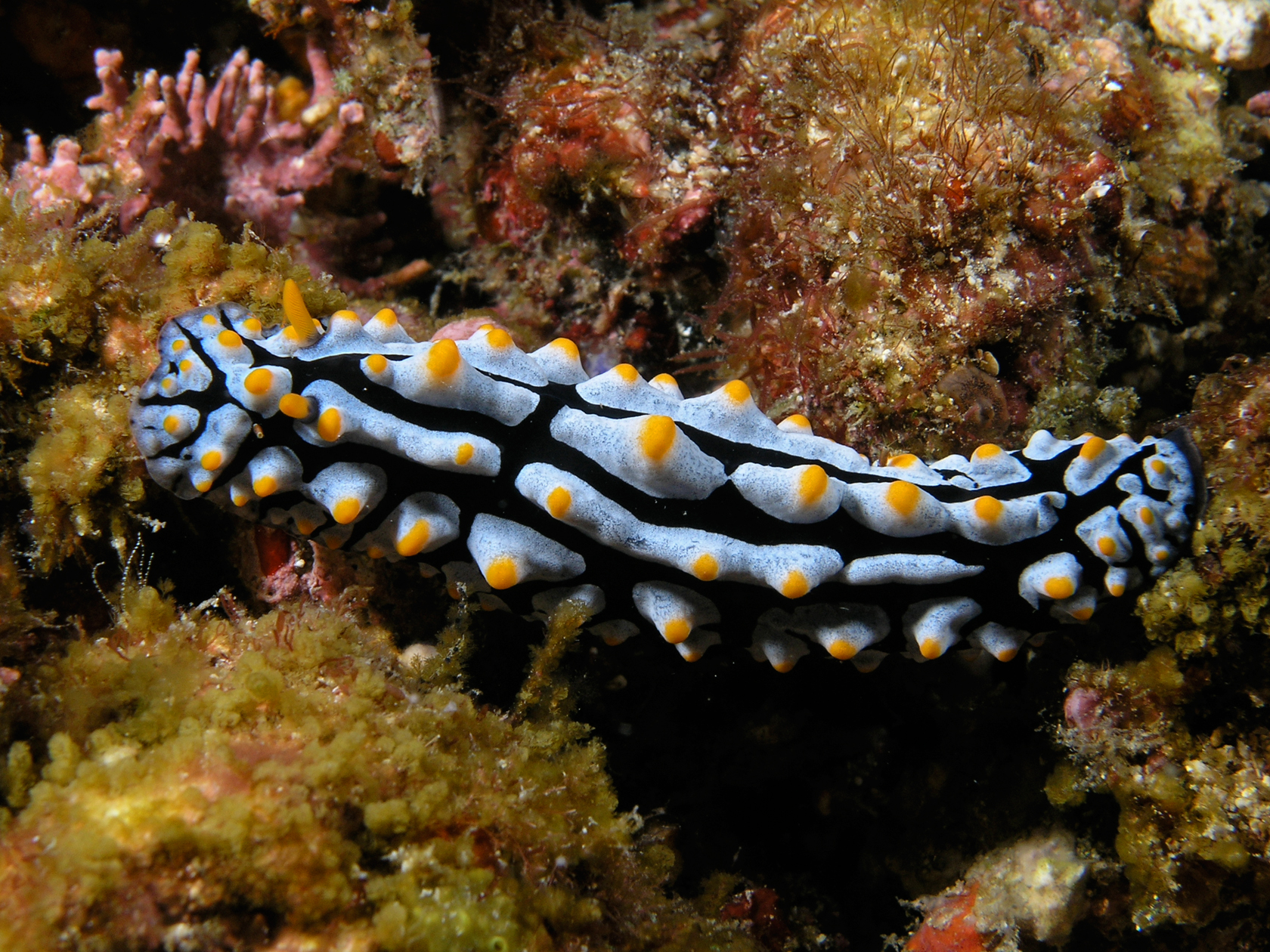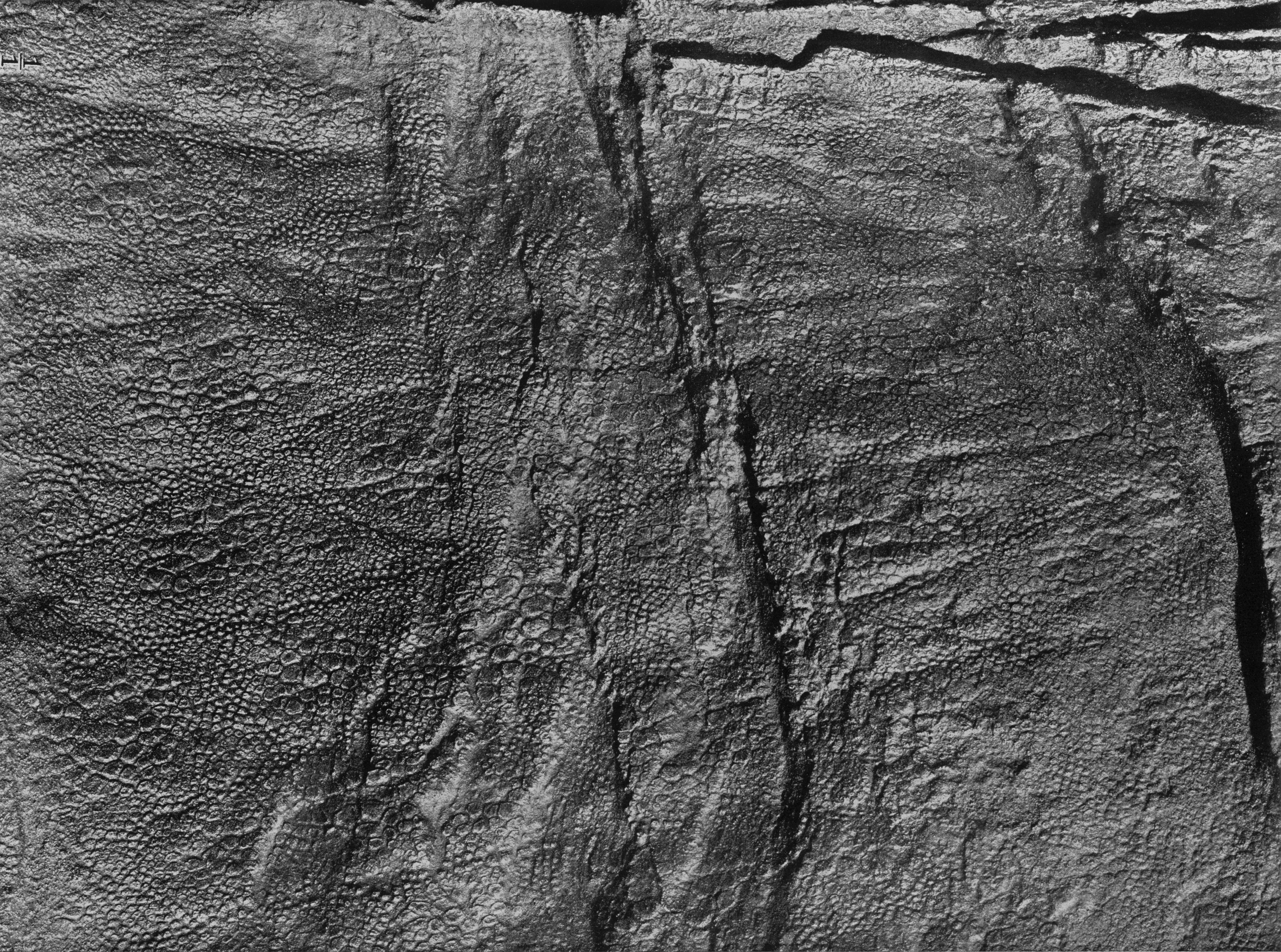tubercle on:
[Wikipedia]
[Google]
[Amazon]
In
 When it is used in relation to certain dorid
When it is used in relation to certain dorid  In
In
Tubercle at Cactus-Art.biz
{{Authority control Human anatomy Animal anatomy Plant morphology
anatomy
Anatomy () is the branch of morphology concerned with the study of the internal structure of organisms and their parts. Anatomy is a branch of natural science that deals with the structural organization of living things. It is an old scien ...
, a tubercle (literally 'small tuber', Latin for 'lump') is any round nodule, small eminence, or warty outgrowth found on external or internal organs of a plant or an animal.
In plants
A tubercle is generally a wart-like projection, but it has slightly different meaning depending on which family of plants or animals it is used to refer to. In the case of certainorchid
Orchids are plants that belong to the family Orchidaceae (), a diverse and widespread group of flowering plants with blooms that are often colourful and fragrant. Orchids are cosmopolitan plants that are found in almost every habitat on Eart ...
s and cacti, it denotes a round nodule, small eminence, or warty outgrowth found on the lip
The lips are a horizontal pair of soft appendages attached to the jaws and are the most visible part of the mouth of many animals, including humans. Mammal lips are soft, movable and serve to facilitate the ingestion of food (e.g. sucklin ...
. They are also known as podaria (singular ''podarium''). When referring to some members of the pea family, it is used to refer to the wart-like excrescences that are found on the roots.
In fungi
Inmycology
Mycology is the branch of biology concerned with the study of fungus, fungi, including their Taxonomy (biology), taxonomy, genetics, biochemistry, biochemical properties, and ethnomycology, use by humans. Fungi can be a source of tinder, Edible ...
, a tubercle is used to refer to a mass of hypha
A hypha (; ) is a long, branching, filamentous structure of a fungus, oomycete, or actinobacterium. In most fungi, hyphae are the main mode of vegetative growth, and are collectively called a mycelium.
Structure
A hypha consists of one o ...
e from which a mushroom
A mushroom or toadstool is the fleshy, spore-bearing Sporocarp (fungi), fruiting body of a fungus, typically produced above ground on soil or another food source. ''Toadstool'' generally refers to a poisonous mushroom.
The standard for the n ...
is made.
In animals
 When it is used in relation to certain dorid
When it is used in relation to certain dorid nudibranch
Nudibranchs () are a group of soft-bodied marine gastropod molluscs, belonging to the order Nudibranchia, that shed their shells after their larval stage. They are noted for their often extraordinary colours and striking forms, and they have b ...
s such as '' Peltodoris nobilis'', it means the nodules on the dorsum of the animal. The tubercles in nudibranchs can present themselves in different ways: each tubercle in a single, rounded, conical or angular form; in a compound form of two or more levels; tubercles in amalgamated clusters; or as tubercles forming, or joined by a ridge.
Tubercles found on the leading edge of humpback whale
The humpback whale (''Megaptera novaeangliae'') is a species of baleen whale. It is a rorqual (a member of the family Balaenopteridae) and is the monotypic taxon, only species in the genus ''Megaptera''. Adults range in length from and weigh u ...
s' flippers were demonstrated to improve fluid flow over the flipper's surface, exhibiting the tubercle effect of fluid dynamics.
 In
In dinosaur
Dinosaurs are a diverse group of reptiles of the clade Dinosauria. They first appeared during the Triassic Geological period, period, between 243 and 233.23 million years ago (mya), although the exact origin and timing of the #Evolutio ...
s, a tubercle is a general term for the scales seen in skin impressions. In duck-billed dinosaurs, for example, three main types of tubercles are defined: small tubercles with no definite arrangement (ground tubercles); larger, polygon
In geometry, a polygon () is a plane figure made up of line segments connected to form a closed polygonal chain.
The segments of a closed polygonal chain are called its '' edges'' or ''sides''. The points where two edges meet are the polygon ...
al tubercles (pavement tubercles) up to in diameter, which are grouped into clusters separated by ground tubercles; and limpet
Limpets are a group of aquatic snails with a conical gastropod shell, shell shape (patelliform) and a strong, muscular foot. This general category of conical shell is known as "patelliform" (dish-shaped). Existing within the class Gastropoda, ...
-shaped conical scutes.
In fish, nuptial tubercles are formed on males for breeding. Nuptial pads on frogs also comprise keratin
Keratin () is one of a family of structural fibrous proteins also known as ''scleroproteins''. It is the key structural material making up Scale (anatomy), scales, hair, Nail (anatomy), nails, feathers, horn (anatomy), horns, claws, Hoof, hoove ...
ised tubercles.
In humans
Within the human body, there are numerous sites where tubercles develop. On bones, they are usually eminences used formuscle
Muscle is a soft tissue, one of the four basic types of animal tissue. There are three types of muscle tissue in vertebrates: skeletal muscle, cardiac muscle, and smooth muscle. Muscle tissue gives skeletal muscles the ability to muscle contra ...
connections. Larger tubercles are also known as ''tuberosities''.
Mouth
Tubercles are usually found behind the last molar in the upper jaw, covered by the gum. Surgery can be done to make tubercles less prominent.Bones
In thehuman skeleton
The human skeleton is the internal framework of the human body. It is composed of around 270 bones at birth – this total decreases to around 206 bones by adulthood after some bones get fused together. The bone mass in the skeleton makes up ab ...
, a ''tubercle'' or ''tuberosity'' is a protrusion that serves as an attachment for skeletal muscle
Skeletal muscle (commonly referred to as muscle) is one of the three types of vertebrate muscle tissue, the others being cardiac muscle and smooth muscle. They are part of the somatic nervous system, voluntary muscular system and typically are a ...
s. The muscles attach by tendon
A tendon or sinew is a tough band of fibrous connective tissue, dense fibrous connective tissue that connects skeletal muscle, muscle to bone. It sends the mechanical forces of muscle contraction to the skeletal system, while withstanding tensi ...
s, where the enthesis is the connective tissue between the tendon and bone
A bone is a rigid organ that constitutes part of the skeleton in most vertebrate animals. Bones protect the various other organs of the body, produce red and white blood cells, store minerals, provide structure and support for the body, ...
. For example, the tibial tuberosity creates an attachment point for the ligamentum patellae, or patellar ligament.
Lungs
Tubercles are nodules that contain caseous necrosis, which form in the lungs as a result of an infection with ''Mycobacterium tuberculosis
''Mycobacterium tuberculosis'' (M. tb), also known as Koch's bacillus, is a species of pathogenic bacteria in the family Mycobacteriaceae and the causative agent of tuberculosis.
First discovered in 1882 by Robert Koch, ''M. tuberculosis'' ha ...
'' in the patients with tuberculosis
Tuberculosis (TB), also known colloquially as the "white death", or historically as consumption, is a contagious disease usually caused by ''Mycobacterium tuberculosis'' (MTB) bacteria. Tuberculosis generally affects the lungs, but it can al ...
. Granuloma
A granuloma is an aggregation of macrophages (along with other cells) that forms in response to chronic inflammation. This occurs when the immune system attempts to isolate foreign substances that it is otherwise unable to eliminate. Such sub ...
s form in the infected tissue and undergo necrosis
Necrosis () is a form of cell injury which results in the premature death of cells in living tissue by autolysis. The term "necrosis" came about in the mid-19th century and is commonly attributed to German pathologist Rudolf Virchow, who i ...
in the centre. Tubercles are also known as tuberculous nodules, or tuberculomas. The affected parts develop lesions in the form of small nodules called tubercles, from which the disease gets its name.
Ears
Around the sixth week of gestation, six swellings of tissue, called the ''hillocks of His'', arise around the area that will form the ear canal. These eventually coalesce to form the outer ear. Darwin's tubercle is a minor malformation of the junction of the fourth and fifth hillocks of His. It is found in a substantial minority of people and takes the form of a cartilaginous node or bump on the rim of their outer ear, which is thought to be the vestige of a joint that allowed the top part of the ancestral ear to swivel or flop down over the opening to the ear.Genitals
Thegenital tubercle
A genital tubercle, phallic tubercle, or clitorophallic structure is a body of tissue present in the development of the reproductive system of amniotes. It forms in the ventral, caudal region of mammalian embryos of both sexes, and eventually ...
is a small bump that eventually develops into a penis
A penis (; : penises or penes) is a sex organ through which male and hermaphrodite animals expel semen during copulation (zoology), copulation, and through which male placental mammals and marsupials also Urination, urinate.
The term ''pen ...
or a clitoris
In amniotes, the clitoris ( or ; : clitorises or clitorides) is a female sex organ. In humans, it is the vulva's most erogenous zone, erogenous area and generally the primary anatomical source of female Human sexuality, sexual pleasure. Th ...
on a human fetus
A fetus or foetus (; : fetuses, foetuses, rarely feti or foeti) is the unborn offspring of a viviparous animal that develops from an embryo. Following the embryonic development, embryonic stage, the fetal stage of development takes place. Pren ...
.
Brain
The septotubercular tract can be found in the human, as well as in the sheep brain. It is found nearby the septohypothalamic tract. Its function to the brain is ambiguous at this point. Also, the tuberculum sellae is found at the base of the skull, which holds the hypophysis.See also
* Areolar glands, sebaceous glands surrounding the nippleNotes
References
*External links
Tubercle at Cactus-Art.biz
{{Authority control Human anatomy Animal anatomy Plant morphology